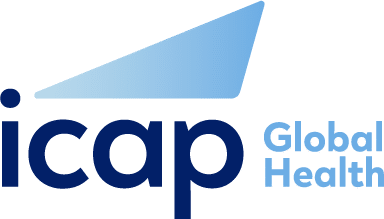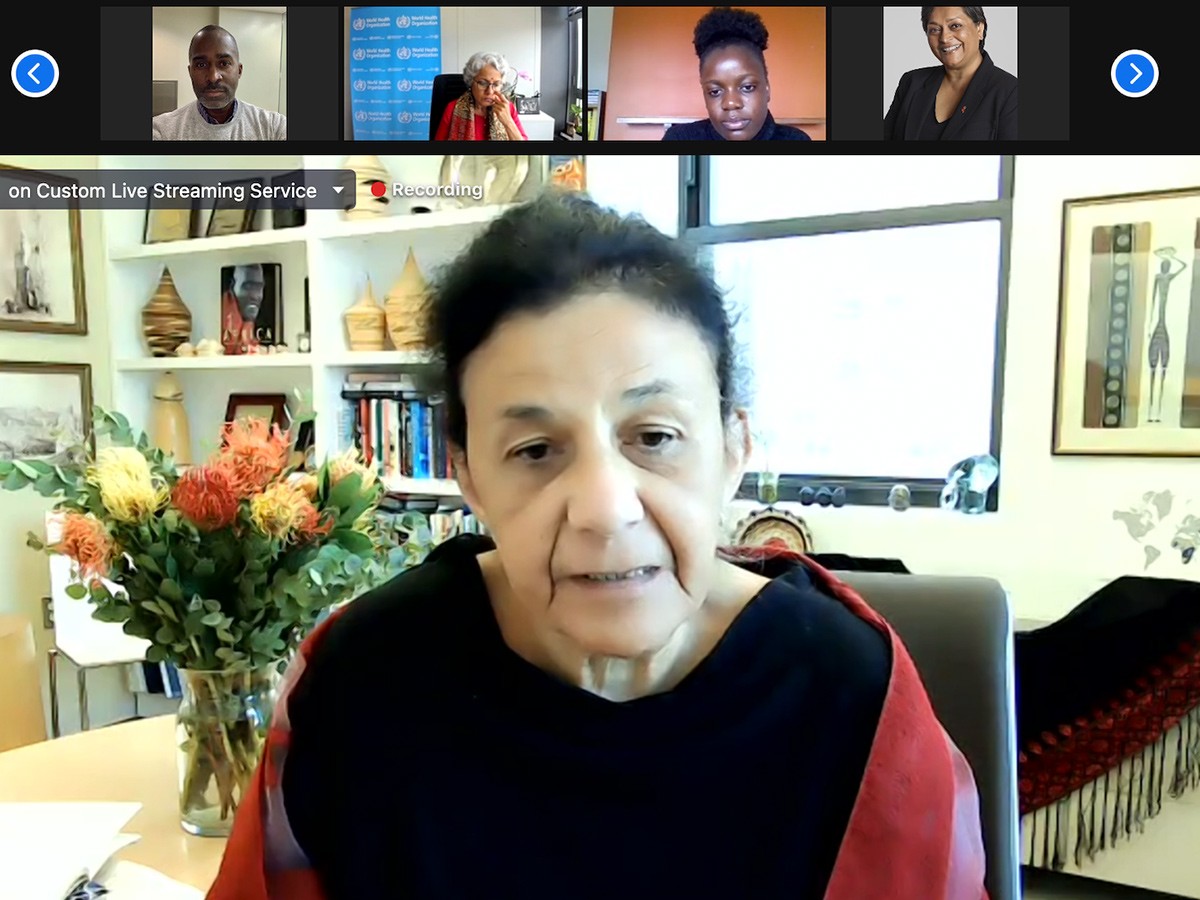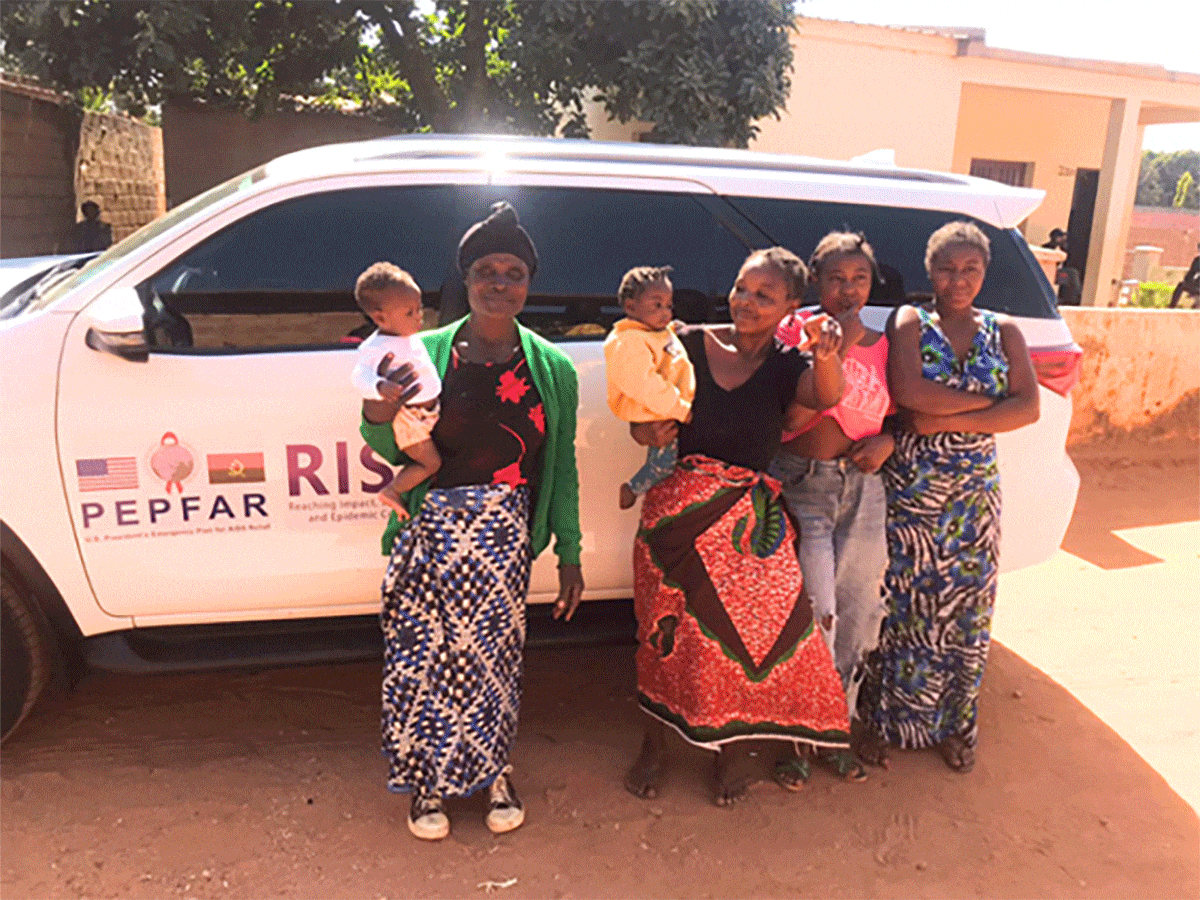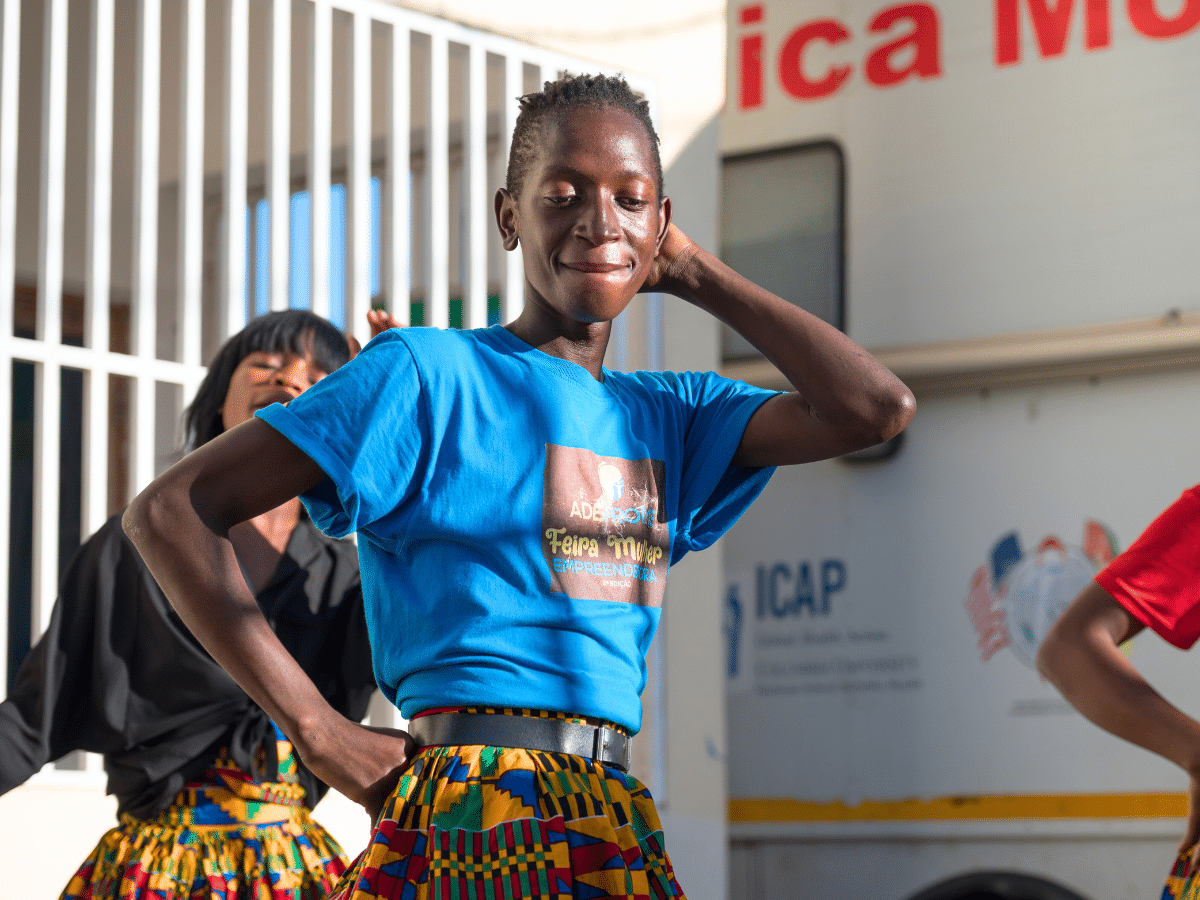The 2021 United Nations High-Level Meeting on HIV/AIDS presented an opportunity for global stakeholders in HIV to reflect on actions taken to reduce inequalities and social determinants that continue to make HIV a global public health concern 40 years after the first AIDS case was diagnosed. From June 8 to June 10, 2021, members of civil society, AIDS organizations, governments and their ministry of health representatives, public health institutions, including ICAP, contributed to and reviewed the progress, the shortfalls, and made recommendations to guide future HIV pandemic response.
Wafaa El-Sadr, MD, MPH, MPA, ICAP’s founder and global director, and Olawale Fadare, MBBS, technical director for RISE, ICAP in Nigeria, contributed to discussions at two side events during the high-level meeting.
Science, HIV and COVID-19 — Where Are We Headed?”
In this side event moderated by award-winning science journalist Jon Cohen on how the HIV and COVID-19 pandemics will inform future advances in health, Dr. El-Sadr discussed the importance of ICAP’s Population-based HIV Impact Assessment (PHIA) surveys in gauging the HIV epidemic. The surveys done in 15 countries in sub-Saharan Africa – with support from the President’s Emergency Plan for AIDS Relief (PEPFAR) through the U.S. Centers for Disease Control and Prevention, and in collaboration with ministries of health – showed the most significant gap in achieving the UNAIDS first 90 goals was knowledge of HIV status. “Before these surveys, researchers thought the gap in HIV care would be more along the lines of whether people who are on treatment are virally suppressed. The result was a bit of a surprise but also a very important piece of information that mobilized efforts to expand HIV testing in many countries,” El-Sadr said.
El-Sadr also considered ways in which serosurveys on COVID-19 can inform the global pandemic response to SARS-CoV-2 as they did for HIV.
“There is a need for serosurveys to get a sense of what the burden of COVID-19 in populations is. I think knowledge of the epidemiology of the spread of SARS-CoV-2 in countries is essential as we think about how to confront the epidemic and think about the potential to confront similar health threats in the future.”
Other panelists who contributed to discussions included Soumya Swaminathan, WHO chief scientist; Loyce Maturu, an activist from Harare; Quarraisha Abdool Karim, associate scientific director, CAPRISA; Greg Millett, UNAIDS Advisory Group co-chair; Adeeba Kamarulzaman president of the International AIDS Society, and Hendrik Streeck, director of the Institute of Virology in Germany.
Anthony Fauci, M.D., chief medical advisor to President Joe Biden and director of the National Institute of Allergy and Infectious Diseases, in his introductory remarks said countries and international entities must prioritize expanding surveillance, research capacity, clinical trial networks, and communications worldwide to respond effectively to emerging public health disease threats. “As meetings like this lead to program commitments and sustained collaboration, we may someday find that these world-changing pandemics and the scientific efforts they have generated will provide long-term benefits that strengthen our global community,” he said.
HIV Remains a Critical Health Threat in Children and Adolescents
Children living with HIV are now more likely to survive into adolescence and adulthood. However, UNAIDS research shows that only 53 percent of children globally are on HIV treatment, well below coverage for any other population.
“In 2019, 60 percent of infants born to women living with HIV received a test for HIV by their second month of age. That figure should be 100 percent,” said Shannon Hader, MD, deputy executive director of Programs at UNAIDS, in her opening remarks to a session on the pediatric response to HIV. “We are still missing children that could and should be diagnosed early to benefit from lifelong therapy.”
In this session, Fadare presented a case study from the Reaching Impact, Saturation and Epidemic Control (RISE) project in Nigeria, where ICAP supported 101 treatment sites in four states with ART uptake for approximately 4000 children. RISE, a global project funded by PEPFAR and the U.S. Agency for International Development (USAID), works with countries to achieve a shared vision of attaining and maintaining epidemic control, with stronger local partners capable of managing and achieving results through sustainable, self-reliant, and resilient health systems by 2024. In his discussion, Fadare showcased strategies Nigeria used to transition children from a Nevirapine-based ART treatment regimen to the more optimal Dolutegravir (DTG) based regimen. “While there were other contributing factors, we saw a correlation between the increased use of an optimized antiretroviral therapy in children and adolescents and a progressive increase in HIV viral load suppression.” Results Fadare shared showed viral suppression rates increased from 53 to 80 percent for children 0 to 9 years, 66 to 85 percent for the 10- to 14-year-olds and 73 to 83 percent for the 15 to 19-year-olds.
Other case studies in the session included a presentation from Angela Mushavi from the Ministry of Health and Child Services in Zimbabwe on ending inequalities for children in the AIDS response, where she presented methods Zimbabwe is using to eliminate mother to child transmission of HIV.
Beyond 2021: Conclusions from the UN High-Level Meeting
The UN High-level discussions culminated with the adoption of a new, ambitious, and achievable Political Declaration on HIV and AIDS: Ending Inequalities and Getting on Track to End AIDS by 2030.
The 2021 political declaration includes new targets that will ensure that 95 percent of people at risk of HIV can access prevention services, especially community-led treatment services. In addition, the new target is to ensure that communities provide 80 percent of prevention services for key populations. The declaration will serve as the road map to advance the global HIV response over the next five years.

